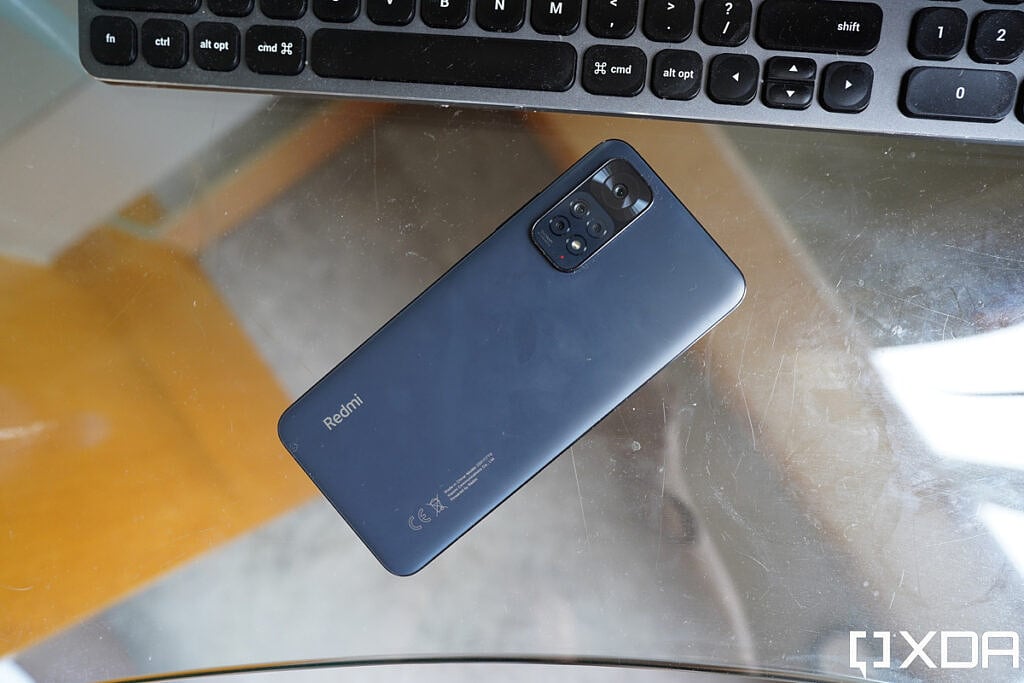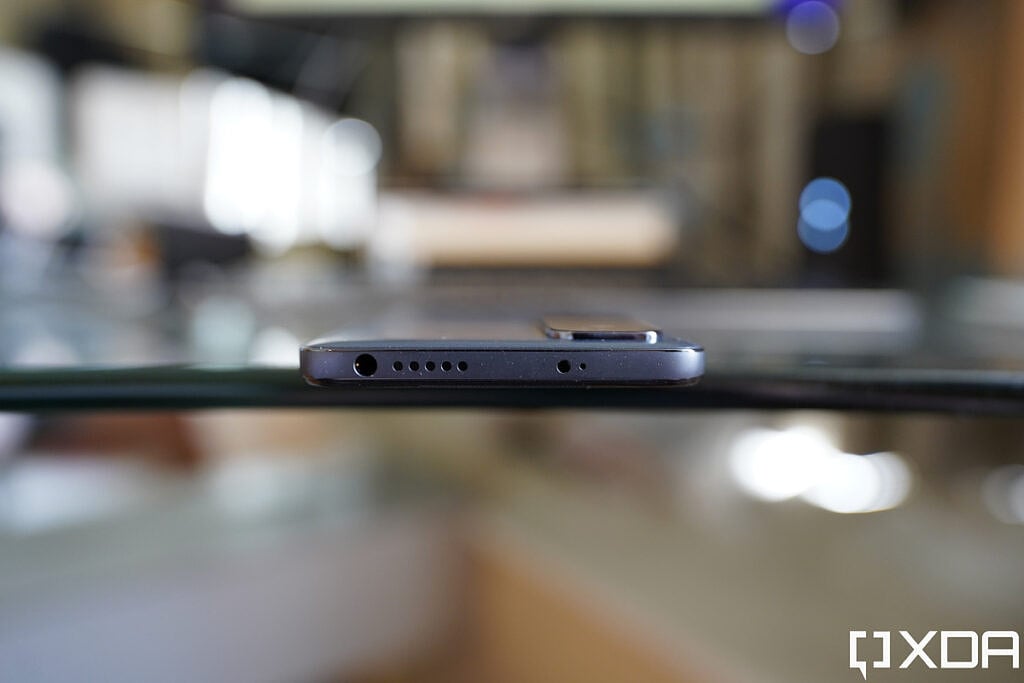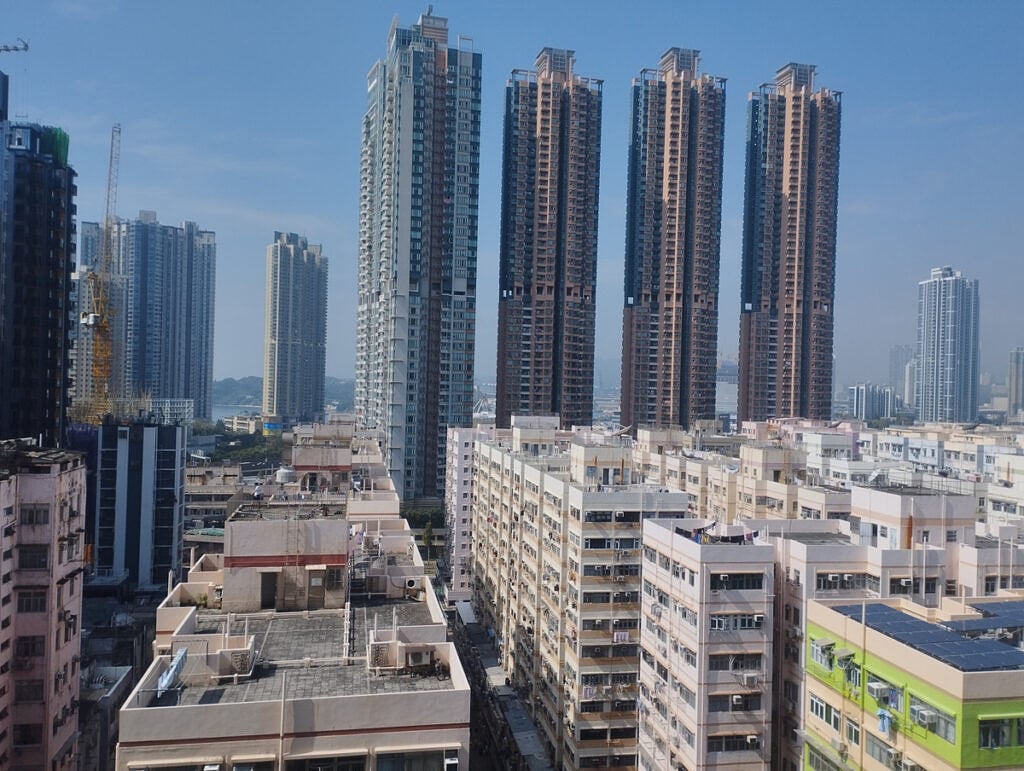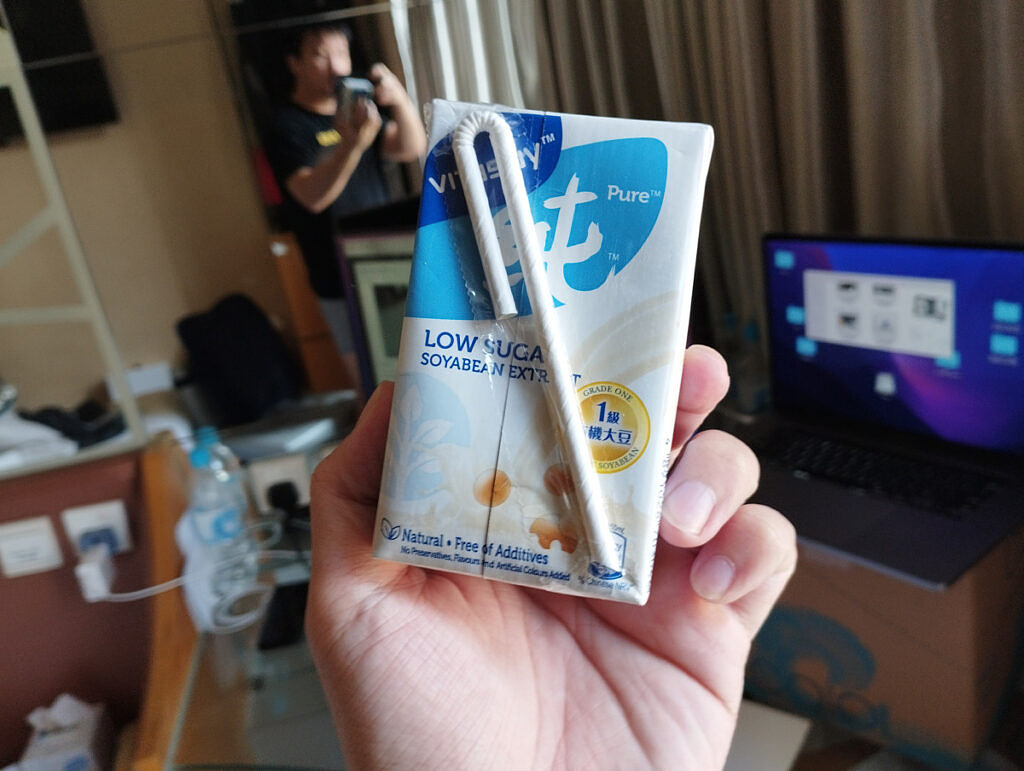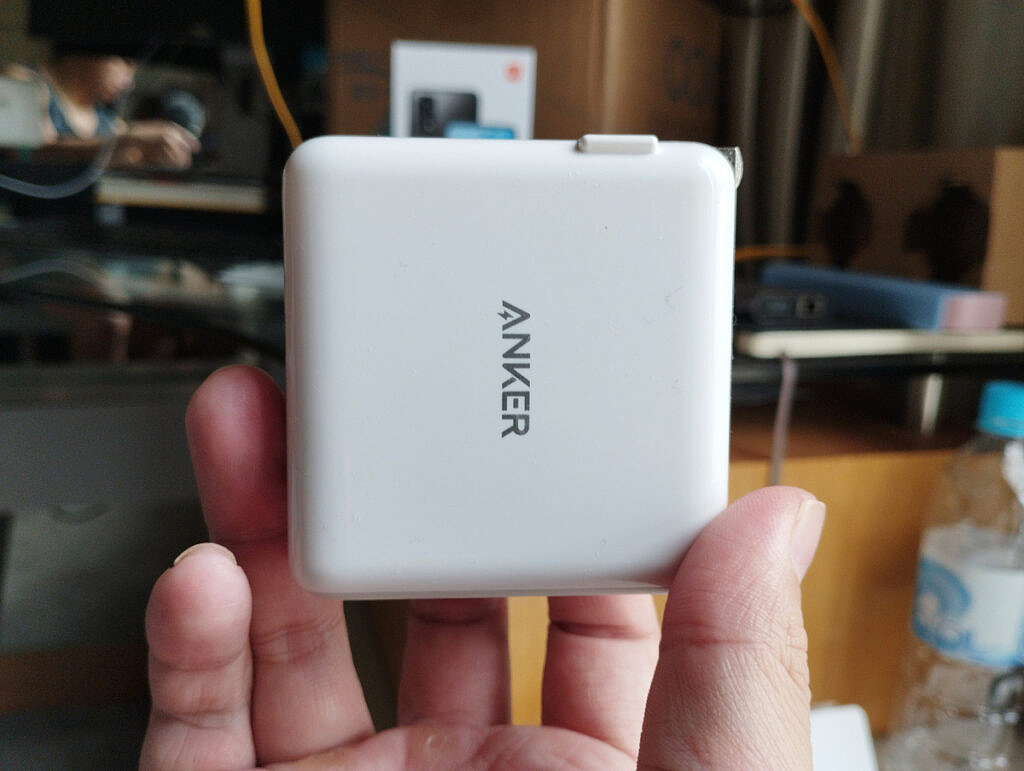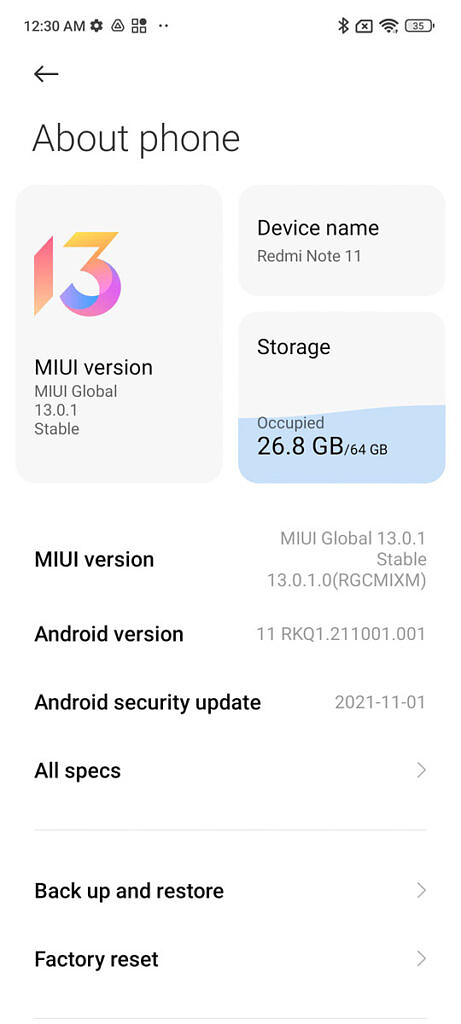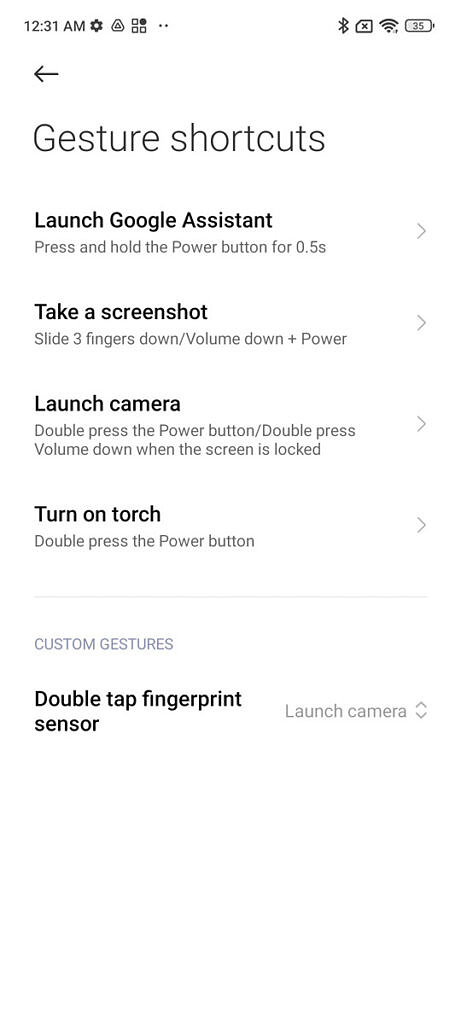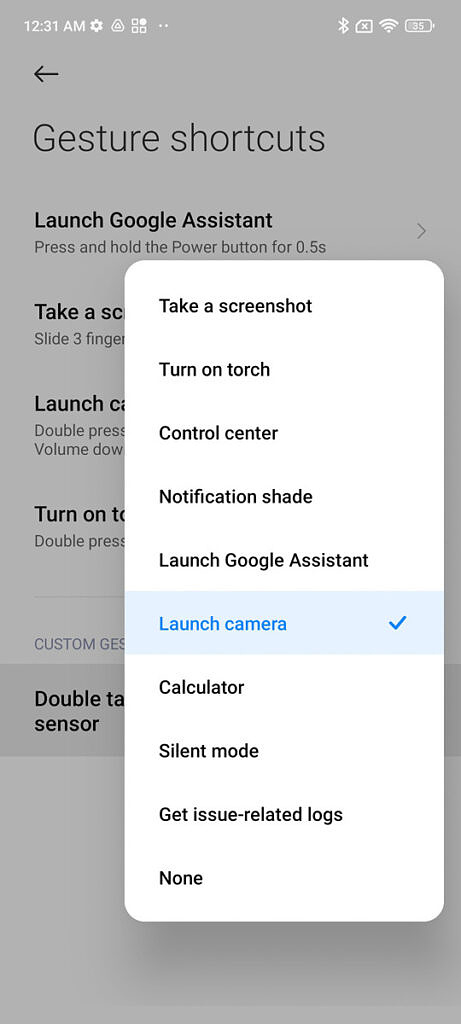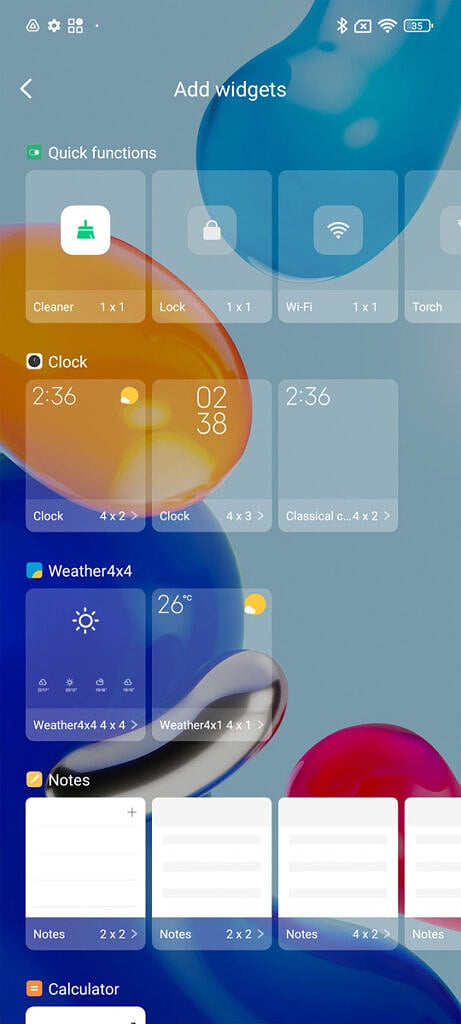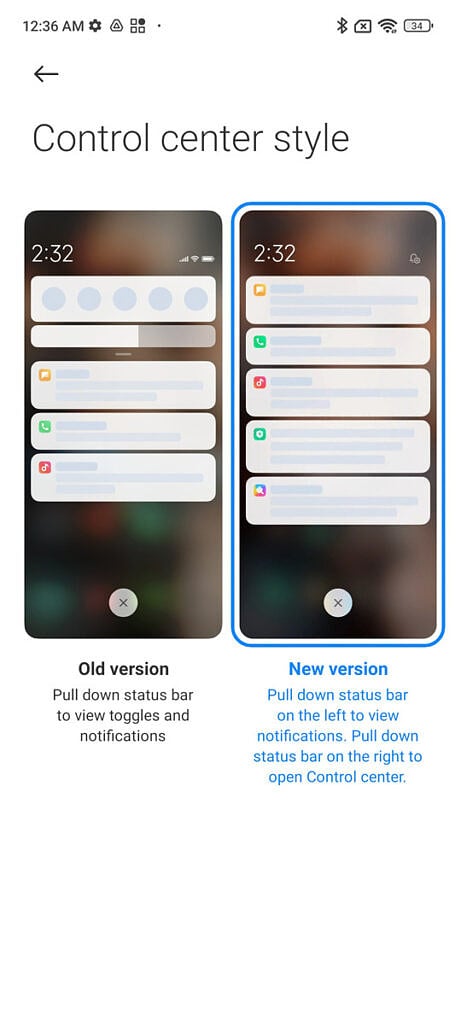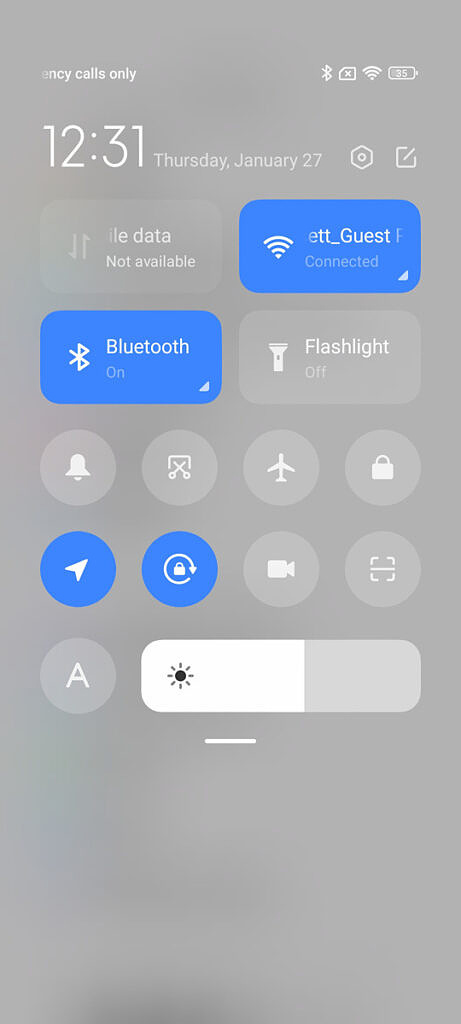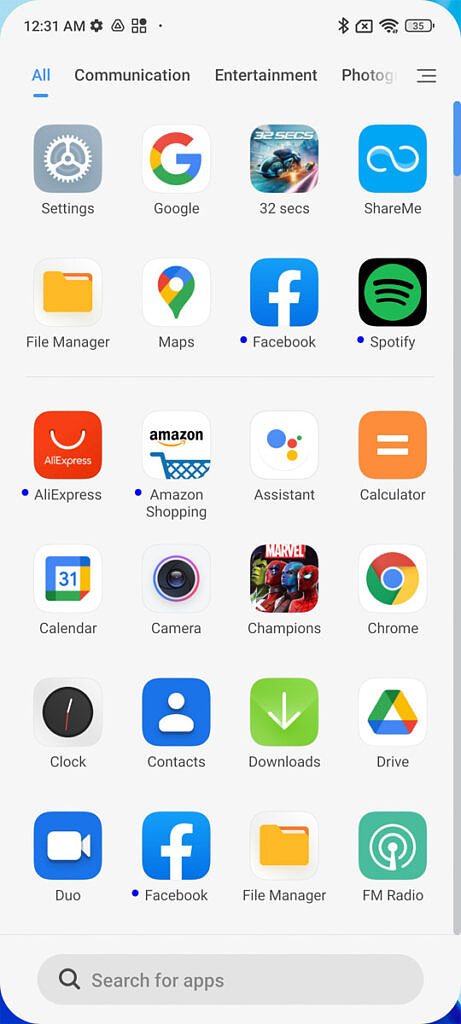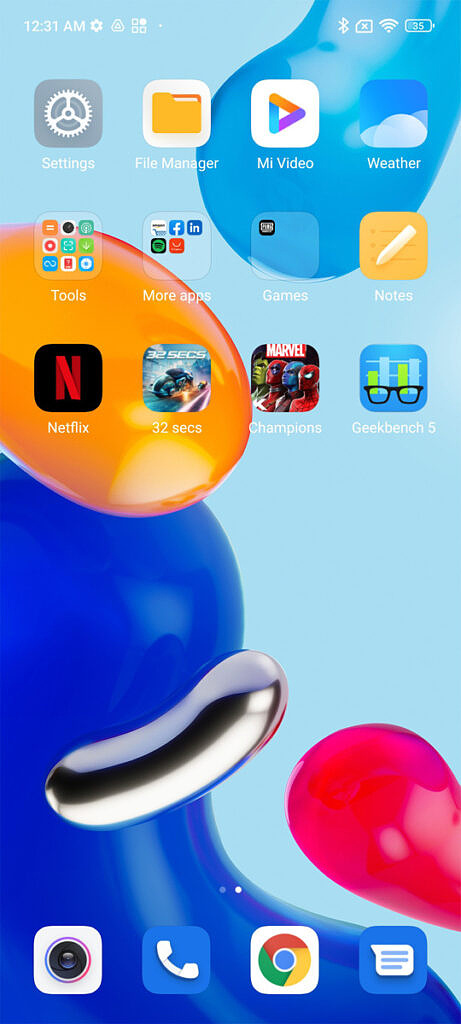Before I begin evaluating the Redmi Note 11, which is the base model of Xiaomi’s just-announced line consisting of four phones, I must confess: it is hard for me to review mid-range phones. I have been a privileged gadget enthusiast most of my life, meaning even before I got to test smartphones for a living, I was already using only flagship phones. And so for someone like me, who regularly gets to handle the latest foldables or the most bleeding-edge glass slabs, it’s natural for me to feel a bit bored when testing phones that are clearly not using the latest and best components.
And so my first hour with the Redmi Note 11 was filled with disappointment. Out of the box, I found the dark grey color very dull, and more damningly, the phone’s haptic engine was weak — mushy and imprecise, a notable departure from every recent Xiaomi phone I’ve tested, which all have excellent, arguably best-in-class haptics, even last year’s $279 Redmi Note 10 Pro. The screen tech and refresh rate of the Note 11, LCD at 90Hz, is also a step down from the Note 10 Pro’s AMOLED at 120Hz screen. What the heck, why is the Note 11 a downgrade from last year? I thought.
Then I realized it was because I was testing the absolute lowest tier of the Note 11 series, which is a budget phone, not a mid-range phone. The actual successor to the mid-range Note 10 Pro I tested last year would be the Note 11 Pro. In fact, I had never tested a non-Pro Redmi device before until now. It also does not help that Xiaomi has probably the most confusing branding lineup in the smartphone space right now, making it hard even for seasoned tech journalists to keep track of their phones.
Then I watched Redmi’s launch event, and when the prices were revealed, everything about this phone made better sense. This base model Redmi Note 11 that I am testing will retail in Europe and other parts of Asia starting at that region’s equivalent of $179 (the US dollar figure is just for reference since the phone won’t actually sell officially in the US), with some markets getting early bird discounts that shave another $20 off the phone.
That makes the Redmi Note 11 available for as low as $159. Once I absorbed this price tag, then all the gripes I’ve had with the phones mostly went away (I still find the colorway of my unit dull). This is about as cheap as a functional, newly released smartphone from a reputable brand can get.

Redmi Note 11 series (global) Specifications: Click to expand
| Specification | Redmi Note 11 | Redmi Note 11S | Redmi Note 11 Pro | Redmi Note 11 Pro 5G |
|---|---|---|---|---|
| Build |
|
|
|
|
| Dimensions & Weight |
|
|
|
|
| Display |
|
|
|
|
| SoC |
|
|
|
|
| RAM & Storage |
|
|
|
|
| Battery & Charging |
|
|
|
|
| Security | Side-mounted fingerprint scanner | Side-mounted fingerprint scanner | Side-mounted fingerprint scanner | Side-mounted fingerprint scanner |
| Rear Camera(s) |
|
|
|
|
| Front Camera(s) | 13MP f/2.4 | 16MP f/2.4 | 16MP f/2.4 | 16MP f/2.4 |
| Port(s) |
|
|
|
|
| Audio | Dual speakers | Dual speakers | Dual speakers | Dual speakers |
| Connectivity |
|
|
|
|
| Software | MIUI 13 based on Android 11 | MIUI 13 based on Android 11 | MIUI 13 based on Android 11 | MIUI 13 based on Android 11 |
| Other Features |
|
|
|
|
About this hands-on: Xiaomi provided a Redmi Note 11 for testing and review. It did not have any input in this article.
Redmi Note 11: Hardware
Okay, so I started the article by criticizing the Redmi Note 11’s haptics and color. The former can’t be helped (but can be excused given the price tag), but the latter can be fixed: you can just choose another color. The Redmi Note 11 comes in a variety of colors, and from renders, the other colors look much better in my opinion.
To Xiaomi’s credit, the Redmi Note 11 is solidly constructed: buttons are firm and clicky, the back material is plastic but coated to resemble glass and it is convincing. The polycarbonate mid-frame also has flat-ish sides, although contrary to some reports, the sides are not hard and angular like the iPhone 13 series (or the Vivo V23); the edges are chamfered. The back of the phone also has subtle curvature instead of the hard flat sides like an iPhone. The Redmi Note 11 doesn’t feel like it’s aiming for that iPhone 13 look; in fact, Xiaomi had already used this design last year.
Yes, that is a headphone jack you see in the above photo, along with prominent speaker grills at the top and bottom of the phone. The Redmi Note 11 has excellent outward-facing speakers when the device is in landscape mode. On the right side of the frame are the volume rocker and a power button that doubles as a fingerprint sensor.

I mentioned that initially, in the first hour of use, I was disappointed by the Redmi Note 11’s 90Hz display. Well that was when I thought the phone was in the $275-$300 range, pushing its scope onto early mid-range territory. Now that we know the phone can be had for well under $200, I can’t complain. You get a FHD+ OLED panel, the 90Hz is still reasonably smooth, and colors and viewing angles are visually appealing. The screen gets up to 1,000 nits of max brightness, which, again, isn’t great compared to flagships I’ve been using, but for a budget phone? It’s fine, even when used next to a large window with bright sunlight, I can see the screen.

Cameras
The hole punch houses a 13MP selfie camera, while the main camera system consists of a “quad-camera” setup. I use quote marks because two of these are the 2MP sensors that don’t do much. This is more like a dual-camera system, with a 50MP, f/1.8 main lens, and an 8MP, f/2,2 ultra-wide.
If the lighting condition is optimal, you can get some solid images with the 50MP main camera. It actually produces a pleasing bokeh effect when shooting objects up close, and colors are accurate — although the dynamic range is lacking. In the below samples, the same scene went from looking relatively sharp and dynamic to a bit dull because the sun shifted and shadows covered more of the city streets.
The ultra-wide doesn’t fare as well, obviously, suffering from poor exposure if shooting bright lights and looking generally soft. The problem is worse at night.
For night shots, the ultra-wide is virtually unusable, as the Redmi Note 11 can’t even use night mode to fix some of the hardware shortcomings (you can’t use night mode at all in ultra-wide mode). This is a shame because Xiaomi’s night mode is pretty good and can fix the main camera’s faults.
Video recording maxes out at 1080p/60 and there is no stabilization at all, so any walk and talk footage is jerky. Selfies are fine in ideal lighting conditions, but shoot against backlight and it simply can’t expose properly.
Processor & Memory
The Redmi Note 11 runs on the Qualcomm Snapdragon 680, a relatively new budget Qualcomm SoC with 8-cores and built on 6nm architecture. There’s either 4GB or 6GB of LPDDR4x RAM and 128GB of UFS 2.2 storage. These are obviously not the highest-end components, but I had no issues with basic smartphone performance on my 6GB RAM model; in fact, the Note 11 handled games like Marvel Contest of Champions and 32 Seconds without any noticeable performance lags or frame drops. The Redmi Note 11 scored 1,670 and 388 on Geekbench’s multi- and single-core tests respectively.

And for a budget phone, the Redmi Note 11 boasts very impressive stereo speakers, as well as an IP53 rating against water splashes. The screen is also coated in Gorilla Glass 3.
Finally, to wrap up the hardware package is a 5,000 mAh battery that can be fast-charged at 33W speeds, and the charging brick is included with the packaging. I have only been testing the phone for a day and I’ve been stuck in quarantine in a hotel room so I have not really tested battery life, but rest assured, with a 5,000 mAh cell and 90Hz screen, this should easily be an all-day phone.
Redmi Note 11: Software
The Redmi Note 11 ships with MIUI 13 over Android 11. MIUI 13 supposedly brings a lot of performance boosts such as smoother animations and better battery and memory management, but in my short time testing, I haven’t noticed any major upgrades — this isn’t a bad thing as I have had no problems with MIUI’s performance over the past couple of years. Visually too, it looks very similar to MIUI 12.5, with the only new feature added that I could spot during my short time is a new fingerprint sensor shortcut gesture that allows double-tapping the sensor to launch apps. This feature, obviously, will not work with Xiaomi’s flagships as they use in-display fingerprint sensors.
Out of the box, MIUI 13 splits the traditional Android pull-down notification panel into two parts: there’s the panel for notifications and a panel for just the shortcut toggle buttons. These are accessed similarly to iOS, with the shortcut toggle buttons being accessed by pulling from the upper right corner of the screen. I hate this setup, and the good news is MIUI allows me to change back to the traditional Android method. So Xiaomi has covered its bases with this.
Redmi Note 11: Early Impressions
As I said, I had to learn to put aside my personal feelings and privileges to test the Redmi Note 11. Because for example, as someone who gets to test all the newest flagship cameras, there was absolutely no chance the Redmi Note 11’s cameras were going to impress me. I actually scoffed when I saw how bad the Redmi Note 11’s ultra-wide shots looked at night.

But I am spoiled by my privilege of getting to use $1,000 (heck, even $2,700) phones. If I take a step back and look at the Redmi Note 11 from the perspective of its target demographic: people who either cannot or will not pay more than a couple of hundred dollars, then the Redmi Note 11 offers a whole lot. You get an immersive screen, all-day battery life, good build quality for its price tag, excellent speakers that can stand up to more expensive phones, and fluid and responsive software. There’s enough processing power to run crucial everyday apps without hiccups.
You get an immersive screen, all-day battery life, good build quality for its price tag, excellent speakers that can stand up to more expensive phones, and fluid and responsive software.
Sure, you won’t be able to film walk and talk videos without looking like you’re tumbling down the stairs, and ultra-wide photos at night will look like an impressionist painting, but there’s only so much you can reasonably expect for $180. For people who don’t want to pay more than $200, the Redmi Note 11 is about as good as they’re going to get.
Redmi Note 11
- The Redmi Note 11 is a very affordable smartphone under $180 that offers a large battery, immersive 90Hz screen, and solid performance.
The post Redmi Note 11 Hands-On: This price tag makes it really hard to nitpick appeared first on xda-developers.

